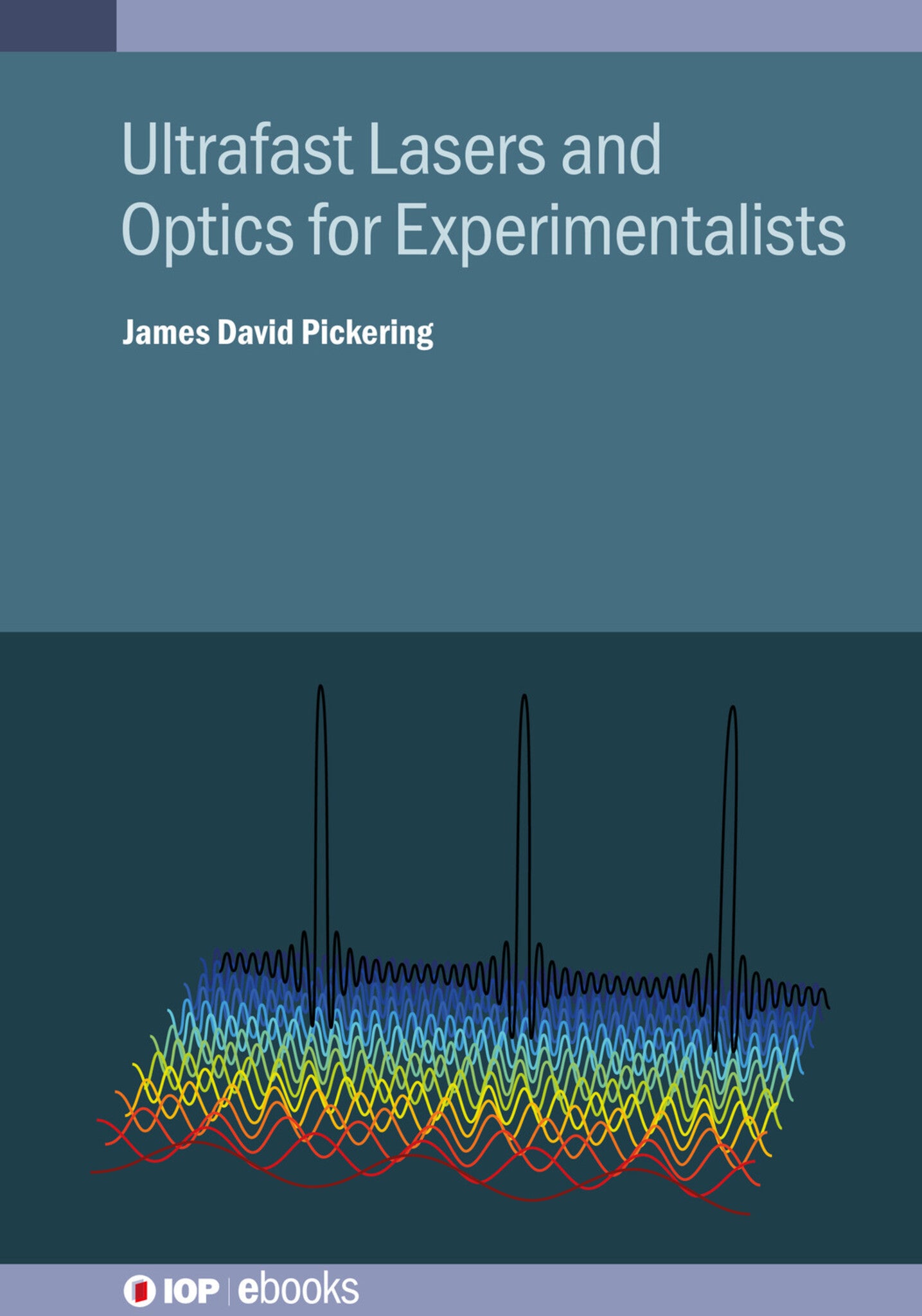We're sorry. An error has occurred
Please cancel or retry.
Ultrafast Lasers and Optics for Experimentalists

Some error occured while loading the Quick View. Please close the Quick View and try reloading the page.
Couldn't load pickup availability
- Format:
-
18 March 2021

The use of ultrafast lasers has expanded beyond use by specialist laser physicists and is increasingly commonplace in both physical and life sciences, where the high intensities, broad bandwidths, and short pulse durations make them ideal for investigating a wide range of chemical and physical phenomena. Working with these ultrashort femtosecond laser pulses requires some special care when compared to other laser systems, and this book provides an ideal starting point for the non-specialist to gain the necessary knowledge to start effectively working with ultrafast lasers and optics. The book walks the reader through the relevant parts of ultrashort pulse physics, pulse generation, and pulse characterisation, before discussing how to practically build an optical setup and manipulate these pulses. Many aspects of the practicalities of working with optics and lasers that are often considered assumed knowledge by experienced campaigners are discussed in detail. Aimed specifically at non-specialists, the emphasis is placed on intuitive, qualitative understanding of the concepts. The fundamental aim is that students starting a project or PhD in a laser group, can pick this book up and quickly get up to speed with the fundamentals of ultrafast laser physics that enable effective laboratory working.

SCIENCE / Spectroscopy & Spectrum Analysis, Spectrum analysis, spectrochemistry, mass spectrometry, TECHNOLOGY & ENGINEERING / Lasers & Photonics, Laser physics

An ultrafast optics laboratory can be a confusing place for students who are just starting experimental work. James Pickering has written up an extended set of notes intended to acquaint a novice experimentalist with the most important ideas and concepts. His book is a friendly guide aimed particularly at chemists or biologists with a limited background in optics and electromagnetic wave phenomena. Given the context chosen, James Pickering has done an admirable job in distilling what can be quite complex concepts to their essential points and presenting them in an easily understood fashion.
Michael Belsley, Contemporary Physics, June 2022
Foreword (by Michael Burt) Preface Part I Fundamentals 1 Lasers 2 Laser Light and Laser Beams 3 Dispersion 4 Non-linear Optics 5 Generating Ultrashort Pulses 6 Characterising Ultrashort Pulses Part II Practical Ultrafast Optics 7 Optical Elements 8 Building a Beamline 9 Case Study: Pump-Probe Beamline A Electromagnetic Waves B Useful Resources C Suppliers



